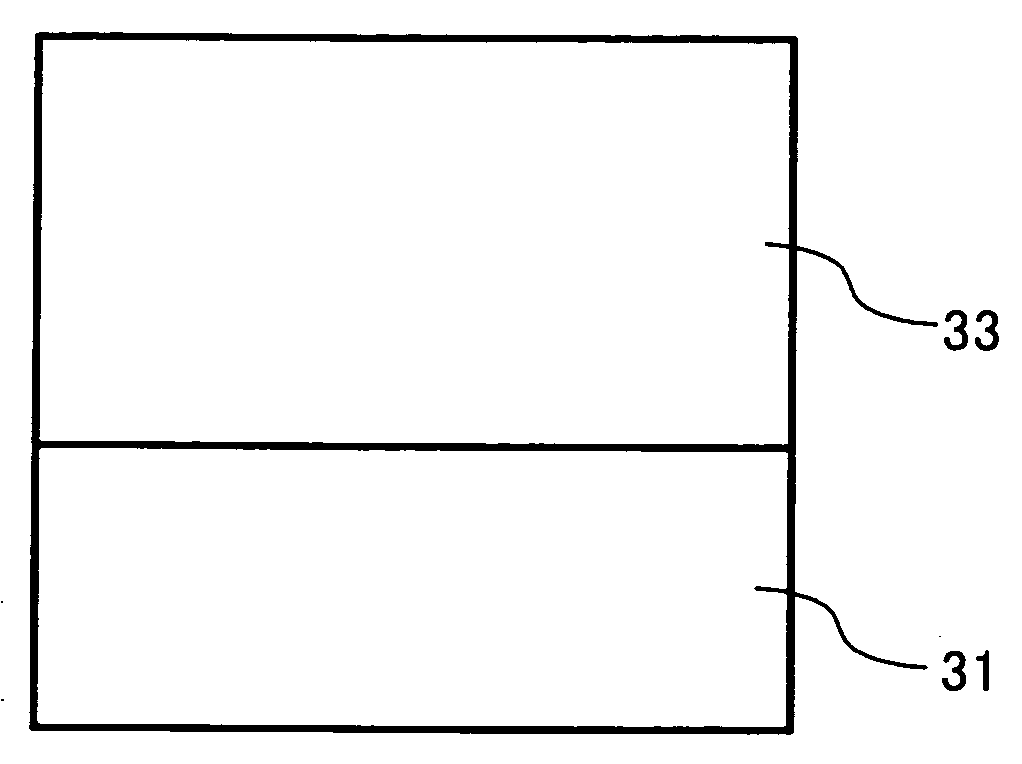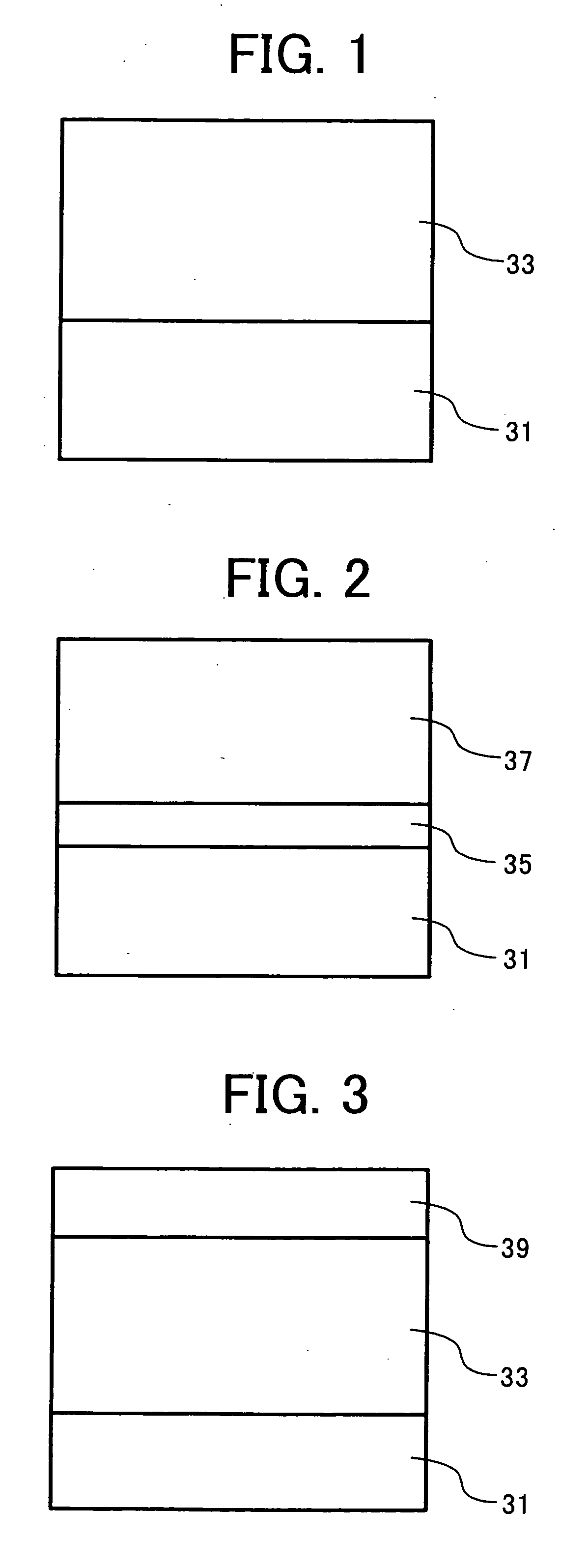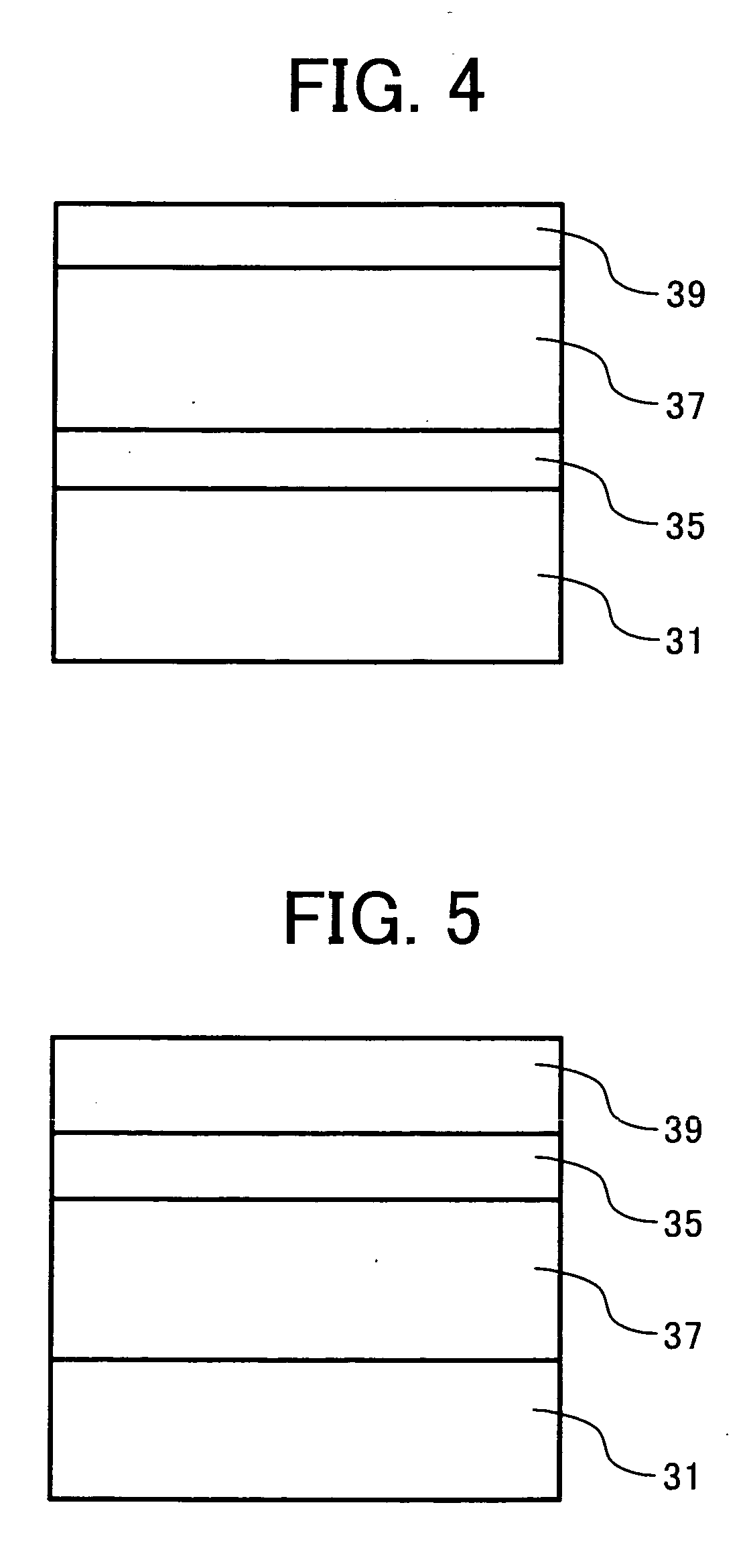Photoreceptor, image forming method and image forming apparatus using the photoreceptor, process cartridge using the photoreceptor and coating liquid for the photoreceptor
a photoreceptor and image forming technology, applied in the field of electrophotographic photoreceptors, image forming methods and image forming apparatus, can solve the problems of difficult use of high-insulative materials, deterioration of density and quality of resultant images, and difficulty in high durability of small-diameter photoreceptors, so as to prevent an increase of residual potential or deterioration of images, and produce high-quality images stably
- Summary
- Abstract
- Description
- Claims
- Application Information
AI Technical Summary
Benefits of technology
Problems solved by technology
Method used
Image
Examples
example 1
An undercoat coating liquid, a charge generation coating liquid and charge transport coating liquid, which have the following formulations, were coated in this order on an aluminium cylinder by a dip coating method and dried to prepare a photoreceptor 1 having an undercoat layer of 3.5 μm thick, a CGL of 0.2 μm thick, a CTL of 23 μm thick.
Undercoat Layer Coating Liquid
Titanium dioxide powder400Melamine resin65Alkyd resin1202-butanone400
CGL Coating Liquid
Fluorenone bisazo pigment12having the following formula:Polyvinyl butyral52-butanone200Cyclohexanone400
CTL Coating Liquid
Polycarbonate resin10(Z polyca from Teijin Chemicals Ltd.)CTM having the following formula:10Tetrahydrofuran100
A protective layer of 4 μm thick, having the following composition is further coated on the charge transport layer by a spray coating method to prepare an electrophotographic photoreceptor 1.
Protective Layer Coating Liquid
Alumina (AA-03 ® having an average2primary particle diameter of 0.3 μ...
example 2
The procedure for preparation of the electrophotographic photoreceptor in Example 1 was repeated except that the unsaturated polycarboxylate polymer included in the protective layer was changed to the following material to prepare an electrophotographic photoreceptor 2.
Unsaturated polycarboxylate polymer0.02(BYK-P105 ® having an acid value of365 mg KOH / g from BYK Chemie Co., Ltd.)
example 3
The procedure for preparation of the electrophotographic photoreceptor in Example 1 was repeated except that the unsaturated polycarboxylate polymer included in the protective layer was changed to the following material to prepare an electrophotographic photoreceptor 3.
Polyester resin (having an acid value0.2of 35 mg KOH / g)
PUM
 Login to View More
Login to View More Abstract
Description
Claims
Application Information
 Login to View More
Login to View More - R&D
- Intellectual Property
- Life Sciences
- Materials
- Tech Scout
- Unparalleled Data Quality
- Higher Quality Content
- 60% Fewer Hallucinations
Browse by: Latest US Patents, China's latest patents, Technical Efficacy Thesaurus, Application Domain, Technology Topic, Popular Technical Reports.
© 2025 PatSnap. All rights reserved.Legal|Privacy policy|Modern Slavery Act Transparency Statement|Sitemap|About US| Contact US: help@patsnap.com



